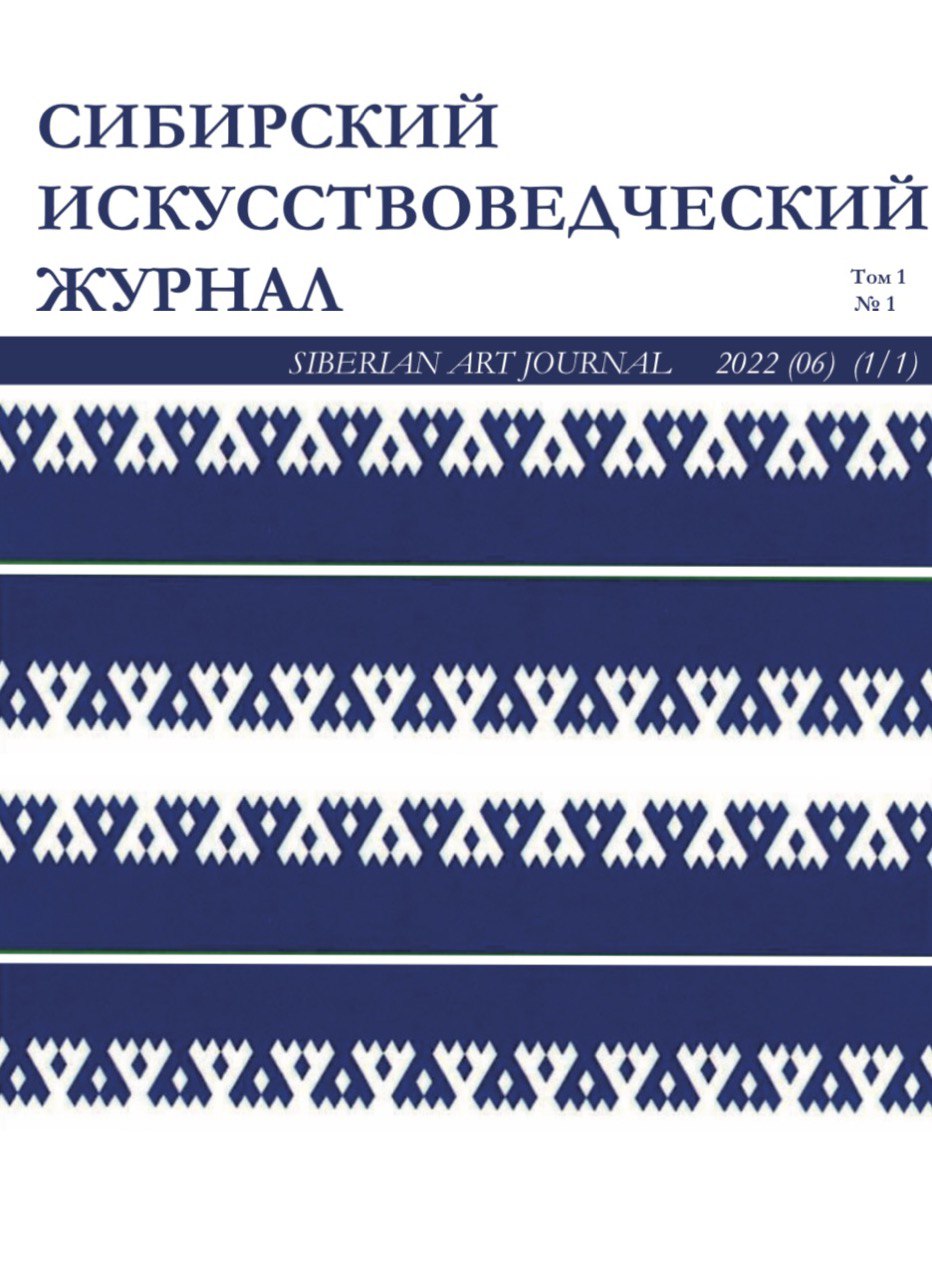This study focuses on the university architecture in Northeast China during the period from 1949 to 1970, delving into the design principles and aesthetic characteristics shaped under the influence of Stalinist classical architectural style. The research emphasizes the analysis of main buildings, examining their axial layouts, symmetrical structures, and monumental volumes, thereby revealing the aesthetic pursuit of spatial order and a sense of authority in university architecture during this era. Additionally, it reviews cases of integrating traditional Chinese architectural elements into Stalinist classical designs, summarizing their uniqueness and innovativeness. This study offers valuable theoretical support and aesthetic references for contemporary campus planning and design practices.
1949–1970 years, Stalinist classicism, university architecture, architectural principles, aesthetic features, Localization and integration
1. Ashevkov E. A. (1953). On the unity of form and content in architecture, Nauchnoye soobshcheniye, 9, 80–93.
2. Gao Yubao (2012). Several “first” rules of the main building of Nankai University, Nankai University Journal, 1. (高毓葆. 南开主楼的几个“第一” 南开大学学报. 2012. № 01.)
3. Dai Nianqi (1959). Problems of expressiveness and content in architecture, in Proceedings on housing standards and architectural art by the Ministry of Construction of China and the Chinese Architectural Association (internal materials), 1, 199. (戴念慈. 建筑的表现力和建筑的内容问题 建筑工程部, 中国建筑学会. 住宅标准及建筑艺术座谈会发言汇编 (内部资料). 1959. № 01, 199.)
4. Dai Nianqi (1957). Planning and design of a faculty of social sciences, Journal of Architecture, 1, 14–26. (戴念慈. 一个社会科学学院的规划和设计 建筑学报. 1957. № 01, 14–26.)
5. Liu Yishi (2021). Construction history of the main building of Tsinghua University (1954–1966), Architectural History, 1, 195–210. (刘亦师. 清华大学主楼营建史考述 (1954—1966) 建筑史. 2021. № 01, 195–210.)
6. Ji Guohua (2007). The influence of Soviet socialist realism theory in 1950s architecture and its impact on Chinese architecture, Architectural Age, 5, 66–71. (吉国华. 20 世纪 50 年代苏联社会主义现实主义建筑理论的输入和对中国建筑的影响 时代建筑. 2007. № 05, 66–71.)
7. Li Hao (2014). Introduction of Soviet planning theory to China, Beijing Planning and Construction, 6, 165–168. (李浩. 苏联规划理论向中国的引入 北京规划建设. 2014. № 06, 165–168.)
8. Li Sheng (2018). Study of the historical evolution of early buildings at Hunan University, Hunan University. (李胜. 湖南大学早期建筑群历史演变研究 湖南大学. 2018.)
9. Liu Xiaosi, Meng Xiangbin, Da Zhoucairang (2015). Entrance landscapes of eight major universities on Academy Street and changes in historical context, Central China Architecture, 33(07). (刘晓斯, 孟祥彬, 达周才让. 学院路八大院校入口景观与历史文脉变迁 华中建筑. 2015. № 33(07).)
10. Fedorov-Davydov A. A. (1954). Certain issues in the theory and practice of architectural art in light of Stalin’s work “Problems of the Socialist Economy of the USSR” and the decisions of the 19th Congress of the CPSU, Arkhitekturnyye perevody, 3.





